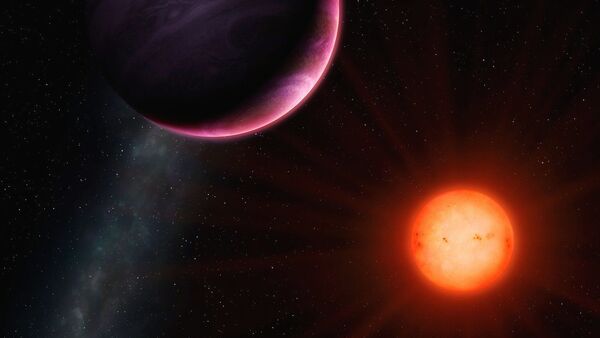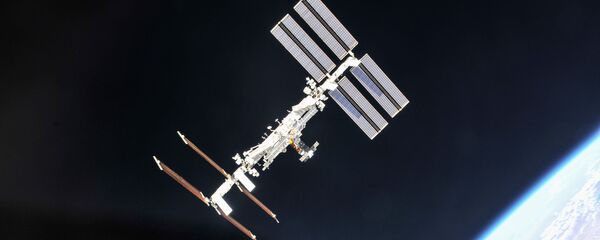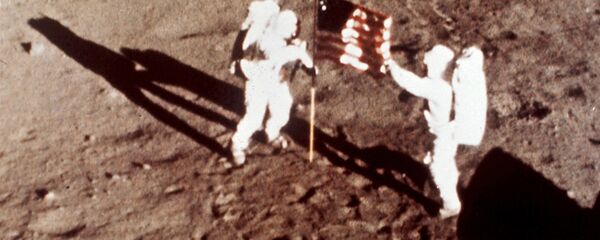According to NASA, Jupiter is at its “biggest and brightest this month, rising at dusk and remaining visible all night,” thanks to a phenomenon known as “opposition.”
Opposition occurs every year when Jupiter, the Earth and the sun are aligned in a straight line. It’s the optimal time to see Jupiter because that is when the planet is closest to Earth.
Using a telescope or binoculars, Jupiter, along with its four largest moons - Io, Europa, Ganymede and Callisto - will be visible on June 10.
However, that’s not the only time that you can get a glimpse of the big gas giant known for its stripes and swirls.
"Although opposition takes place on a specific date, the entire month or so around opposition is an equally good time to observe the planet," NASA notes.
Bob King at Sky & Telescope has some good advice for sky-watchers interested in taking a good look of Jupiter:
"In steadily-held 10× binoculars you can pretend you're Galileo and rediscover its four brightest moons … They look like tiny stars 'sticking' to either side of the planet,” King writes, also suggesting you use the roof of your car or corner of a building to keep your glasses steady for viewing.




